- Category
- War in Ukraine
Ukraine Fights Russia’s Expanding Axis—Now With North Korea, Iran, and Belarus
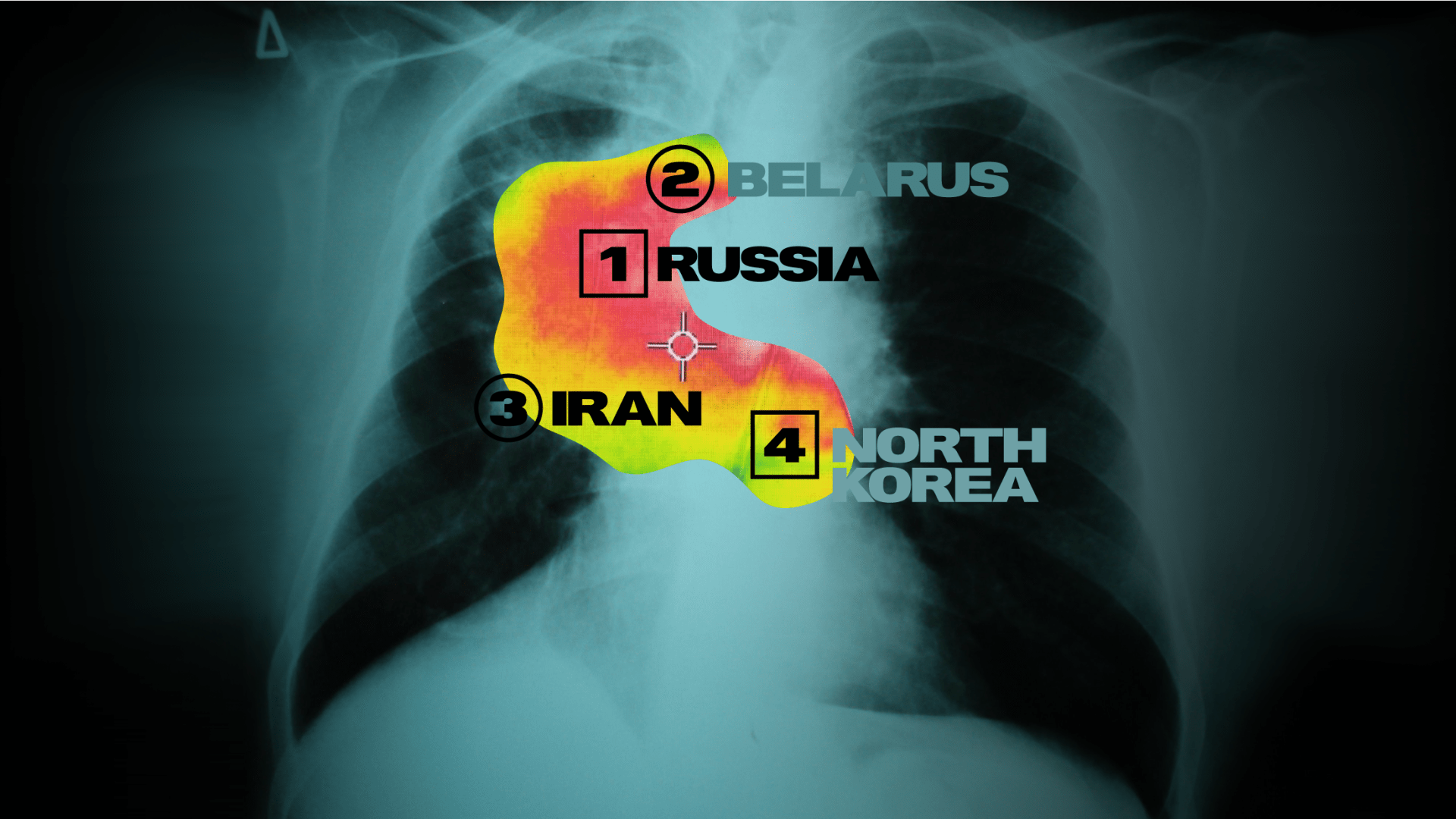
For 1,000 days, Russia’s allies have kept supplies flowing, sanctions sidestepped, and weapons streaming into the battlefield—and that’s only the beginning.
In November 2024, Russian forces in the Kursk region received a striking reinforcement: over 10,000 North Korean soldiers officially joined Russia’s ranks to fight against Ukraine’s armed forces.
North Korea has become the third nation directly involved in Russia’s war against Ukraine. Entering the third year of this full-scale invasion, Ukraine faces four nations, each with military capabilities many times stronger. What does the battlefield look like on day 1,000 of Europe’s largest war since World War II?
The expanding Russian army
In the book War, which examines two years of the White House’s response to the full-scale invasion, it’s noted that Russia initially deployed approximately 180,000 troops and thousands of military vehicles into Ukraine. However, these figures have since become outdated.
Russia has tripled its forces since then, said Ukraine’s Armed Forces Commander-in-Chief, Oleksandr Syrskyi. By the end of 2024, an estimated 650,000 Russian soldiers will be positioned against Ukraine—surpassing any European army and ranking among the world’s largest military forces.
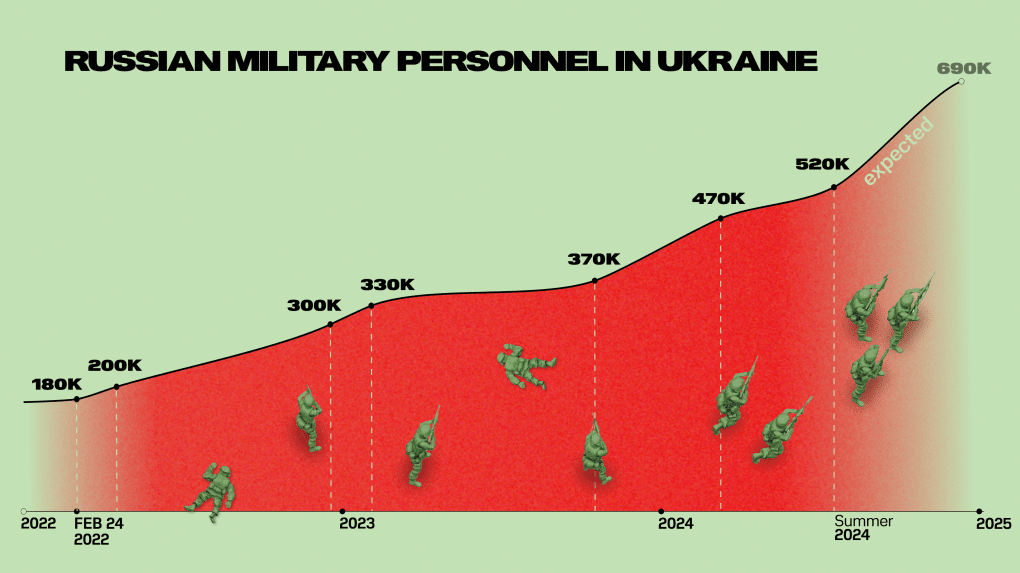
Over 120,000 Russian soldiers were deployed in an attempt to storm Ukraine’s small city of Avdiivka, while another 45,000 are involved in operations in Russia’s Kursk region.
Russia accepts daily losses of over 1,700 soldiers, pressing its relentless assaults on Ukrainian positions. With total casualties now estimated to surpass 700,000, nearly three years of battle have cost Russia around 9,000 tanks, 700 aircraft and helicopters, and thousands of artillery systems—yet the pressure on Ukraine remains unyielding.
A key driver behind Russia’s push is its active enlistment of allies.
North Korea
No ally has thrown its weight behind Russia more actively than North Korea. Since 2023, North Korea has delivered around 20,000 containers of artillery and mortar ammunition to Russia, with experts estimating this totals nine million shells—exceeding all the ammunition Ukraine’s allies have supplied in 1,000 days of war. Over 200 North Korean military factories now work exclusively to support Russia’s forces, also providing ballistic missiles for Russian attacks on Ukraine.
Over 10,000 North Korean soldiers have already bolstered Russia’s ranks, with no clear end to further reinforcements. North Korean troops are willing participants in the war, while their government receives cash and resources—from food supplies to military technology—in return.
After 70 years without combat, the North Korean army is now gaining real battlefield experience. Their instructors are stationed on the frontlines, both engaging in and studying the battlefield effectiveness of their weapons. A nation preparing for war since the Korean War of 1950–1953 is now fully in action.
Iran
In 2022, Iran began arming Russia with Shahed-136 drones, some of the deadliest weapons targeting Ukrainian cities. Russia soon established a licensed factory to produce these drones, accelerating production and easing logistics. Iranian instructors are now stationed in Russian-occupied Ukrainian territories, training Russian soldiers to deploy these drones effectively against civilian targets.
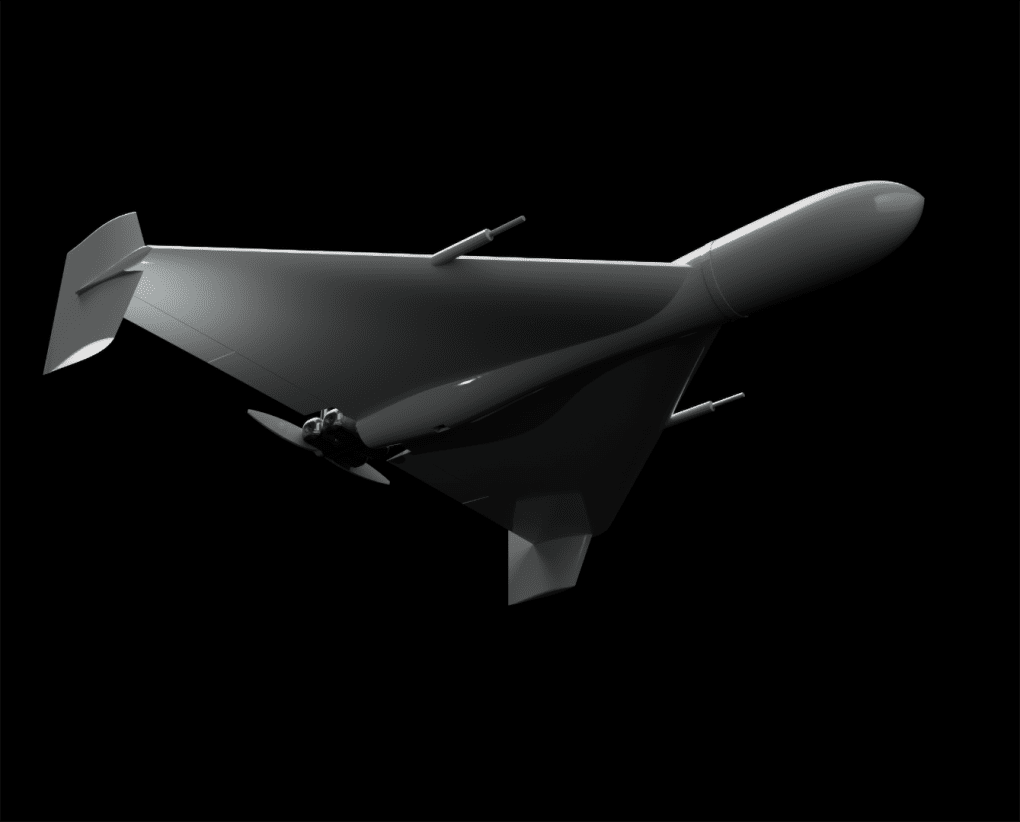
Just how dangerous are these weapons? By late 2024, Russia escalated its daily drone attacks to an average of 44 Shaheds, compared to 4–5 per day in late 2022. Each month, between 800 and 1,300 Shaheds now swarm Ukraine, targeting infrastructure and homes. In September 2024 alone, Shaheds were launched over Ukrainian skies daily.
Meanwhile, Russia has yet to produce its own version of the Shahed-136. For over two years, Iranian drones have been a steady asset to the Russian army, killing Ukrainian civilians.
Belarus
Many external observers tend to overlook Belarus as a critical ally in Russia’s war on Ukraine.
In February 2022, Russian troops invaded Ukraine’s Chernihiv and Kyiv regions from Belarusian soil. Belarus and its regime bear direct responsibility for the atrocities in the Chernihiv region’s villages, as well as in Bucha, Hostomel, Irpin, and other towns where Russian forces inflicted torture and mass killings on civilians.
The 1,084-kilometer Belarus-Ukraine border remains a high-risk zone, with the looming threat that Russia could once again use Belarus as a staging ground for attack. Belarusian airspace also poses a danger, as Shahed drones continue to launch from its territory into Ukraine. (A detailed account of Ukraine’s border defense can be found in another report.)
Belarus has granted Russian forces access to its military bases for training and supplied equipment to the Russian army. In exchange, Russia stationed nuclear weapons in Belarus, violating the nuclear non-proliferation treaty.
Belarus remains a serious threat to Ukraine, keeping Ukrainian forces on high alert at the northern border rather than reinforcing defenses in the south and east. February 2022 proved that, with Belarus, anything is possible.
What’s next?
Contrary to some Western analysts’ claims of a stalemate, the war in Ukraine is far from stagnant. Russia has significantly expanded its military presence in Ukraine and allocated a $140 billion budget to sustain its war efforts. Notably, North Korea has joined as a new ally, dedicating its entire military industry to support Russia. Two other major allies pose threats to Ukraine’s security, while a network of proxies assists Russia in circumventing sanctions.
The only real stalemate is the reluctance of Ukraine’s partners to act decisively. There is still no permission to launch long-range missile strikes deep into Russian territory to strike military targets. After 1,000 days of war, only ten F-16 fighter jets have been delivered, with fewer than a hundred expected over the next three years. Even Ukraine’s allies such as Poland and Romania remain unwilling to protect Ukraine’s airspace from their own territories.
In 1,000 days, the war has only intensified, with global divides widening while dictatorships and authoritarian regimes rally together. It’s time for those who stand for freedom and democratic values to unite just as firmly.
-29a1a43aba23f9bb779a1ac8b98d2121.jpeg)
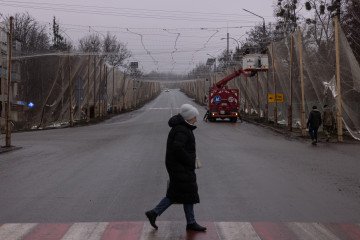
-f88628fa403b11af0b72ec7b062ce954.jpeg)
-b63fc610dd4af1b737643522d6baf184.jpg)

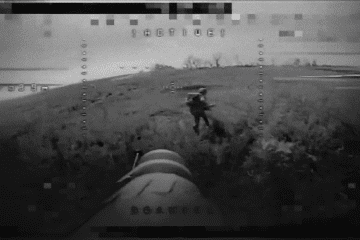
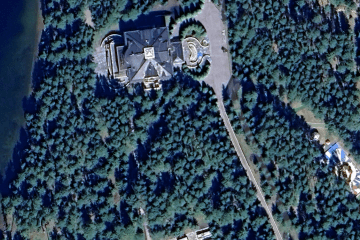
-24deccd511006ba79cfc4d798c6c2ef5.jpeg)